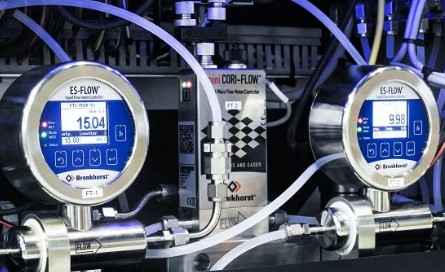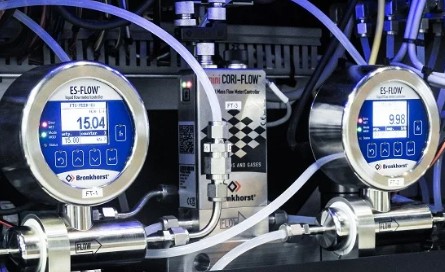
Flow control devices play a crucial role in regulating the flow of fluids and gases in various industries, including chemical processing, water treatment, and HVAC systems. Selecting a suitable flow control device, like ball valves, for your application ensures efficient and effective operation. The following points list some key factors when choosing your application’s proper flow control devices.
Fluid or gas characteristics
The first factor to consider is the characteristics of the fluid or gas being transported. When selecting the appropriate device, consider viscosity, temperature, and pressure. For example, a fluid with high viscosity may require a different flow control device than one with low viscosity. Likewise, high-temperature fluids or gases may require devices that can withstand higher temperatures.
Flow rate requirements
The flow rate required for your application is another critical factor to consider. The flow rate is the volume of fluid or gas that passes through a device in a given amount of time. The device selected should be able to accommodate the required flow rate to ensure optimal performance. The wrong flow control device can lead to issues such as cavitation or damage to the device or system.
Control accuracy
The level of control accuracy required for your application is another critical factor. Control accuracy refers to the ability of the device to regulate the flow of fluids or gases to a specific rate or pressure. Applications such as chemical processing or medical equipment may require high levels of control accuracy, while other applications may require less precision. For example, ball valves are flow control devices that use a ball-shaped valve element to regulate the flow of fluids or gases. The valve element is positioned in the centre of the flow path and can be rotated to control fluid or gas flow. Ball valves are popular in many industries due to their durability, ease of use, and ability to provide tight shutoff.
Device type
There are many types of flow control devices available, each with its unique features and benefits. Some of the most common types include valves, flow metres, and pressure regulators. Choosing the right device type will depend on the specific needs of your application. For example, a valve may be more appropriate for regulating the flow of a fluid, while a flow meter may be better suited for monitoring the flow rate.
Material compatibility
The compatibility of the flow control device material with the fluid or gas being transported is another critical factor to consider. Some materials may react with certain fluids or gases, leading to corrosion or other issues that can affect performance. Consider chemical compatibility and temperature resistance when selecting the material for your flow control device.
Environmental factors
Environmental factors such as temperature, pressure, and humidity can also affect the performance of flow control devices. When selecting the right device, consider the environmental factors that the device will be exposed to, and select a device designed to operate under those conditions.
Cost
Finally, the cost is always a consideration when selecting flow control devices. While it may be tempting to select a lower-priced option, it is essential to consider the long-term costs associated with the device, such as maintenance and repair. Choosing a higher-quality, more durable device may result in lower long-term costs and better performance.
In conclusion, selecting the right flow control devices for your application requires careful consideration of fluid or gas characteristics, flow rate requirements, control accuracy, device type, material compatibility, environmental factors, and cost. By evaluating your options and selecting the appropriate devices, you can ensure the efficient and effective operation of your system or process. It is also important to work with a reputable supplier or manufacturer that can provide guidance and support in selecting the right flow control devices for your application.
